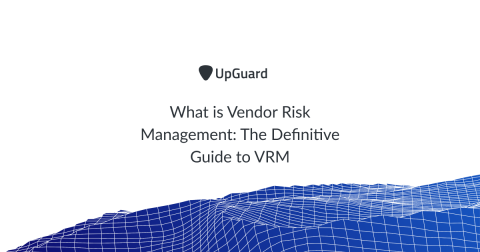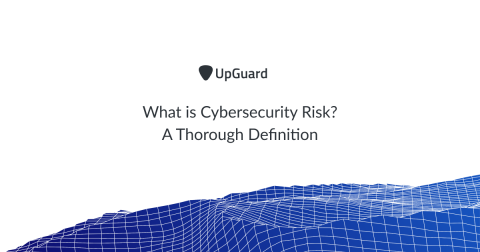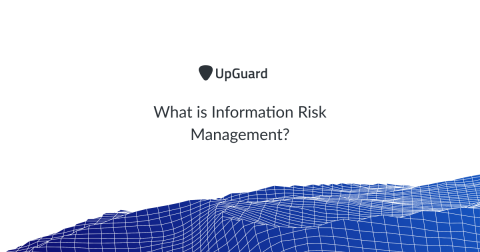Revisiting The Concepts of Disaster Recovery and Risk as Organizations Move Their Infrastructure To The Cloud
The calculus for disaster recovery and risk management is changing. Most small businesses within the past decade would often keep many of their critical technology assets locally, perhaps in a server closet, or a centralized data center for multiple offices. They built their own “vault” of applications, databases, email, files, etc., often on a few physical servers they would be wholly responsible for maintaining and eventually upgrading or replacing.








